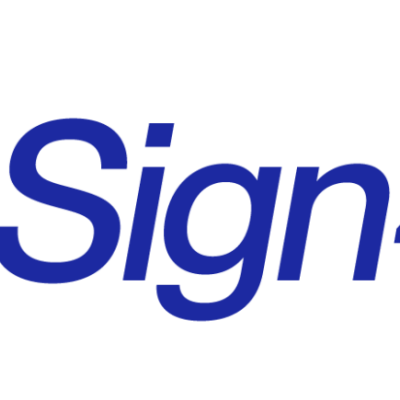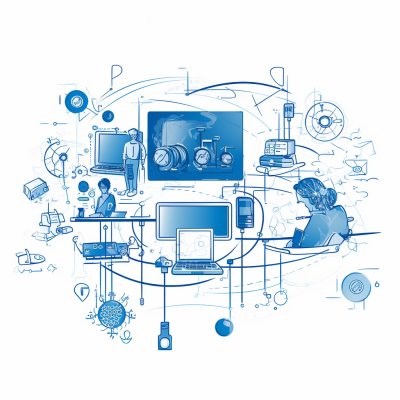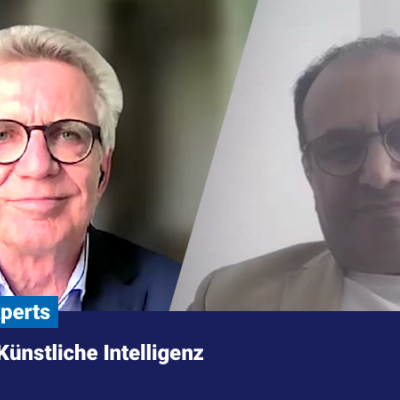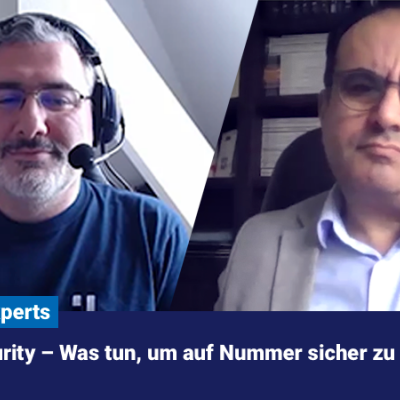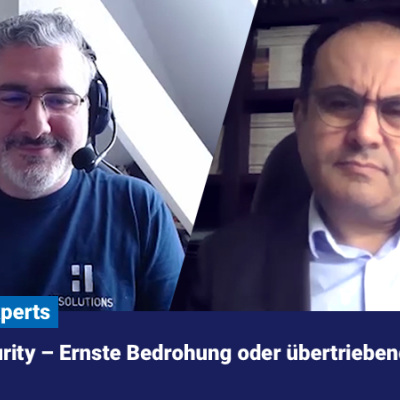Headless CMS: Top criteria for developers and content managers
The landscape of Content Management Systems (CMS) has changed significantly in recent years due to the digital transformation. Companies are looking for new approaches to make their processes in content production more agile, with the aim of designing the digital experiences for the various interest groups across channels in a modern way. After all, today's customers want to get information about a brand or product not only via a website, but also via apps, social media, marketplaces or in-store.
Since traditional CMS solutions were developed for the management of website content, many companies manage their content for the different channels in silos. They often work with multiple independent systems and maintain content twice. Collaboration across multiple departments as well as the publication and synchronization of new content also pose a major challenge and affect flexibility, productivity and brand consistency.
In order for companies to be able to consider contemporary methods and technologies such as cloud, microservices, APIs, artificial intelligence, front-end frameworks or Progressive Web Applications in their phases of the content lifecycle, Headless CMS are becoming increasingly important. While we have outlined a definition approach and basic reasons for a headless CMS in this post, in this article we highlight key criteria that a headless CMS should meet for both technical and content-responsible user groups.
Content-First-Approach
Traditional CMS are built on web-specific concepts and aimed at giving users a high degree of control over the design. The more content managers a company employs, the more this control can jeopardize brand consistency. Headless CMS, on the other hand, are designed for the content-first approach. This approach starts with content modeling, which helps content managers define an appropriate structure for their content so that it can be reused across various channels. This approach offers more flexibility, but requires a change in the way marketers think about content and how they shape their content lifecycle.
Many traditional CMS providers now offer some headless features through an additional API layer. However, these are not equivalent to headless-native or API-first solutions, as they still build on a monolithic approach and organize content around the web-first model. While their REST APIs can meet certain requirements, such as providing content for mobile applications or online stores, the focus still lies in the design of traditional website projects.
Although the CMS selection process is often initiated by the IT department, it is important to consider the needs of the different user groups early on, such as:
- technical roles and responsibilities: Front-end and back-end developers, DevOps teams, system administrators, IT security teams
- Content teams: Marketing managers, content specialists, SEO specialists, editors, social media specialists
Criteria for technical roles and responsibilities
Provision of the software: Who is responsible for the installation, configuration, updating and maintenance of the software? With headless CMS, companies generally have the choice between self-hosted software and Software as a Service (SaaS). SaaS solutions are a good choice for companies that do not want to make large investments and do not want to take over the management of the software themselves. Instead of buying licenses, they simply pay a monthly or annual fee for the number of activated users. At the same time, companies remain flexible and can expand or reduce the required capacities at any time. Updates and maintenance work by the software manufacturer are usually included. Especially small and medium-sized companies that do not have a sophisticated IT infrastructure can benefit from SaaS services.
Data center location: When companies opt for a SaaS solution, they need to know the location of their data. With some SaaS providers, you can choose the location of the data center, which can affect compliance with data protection regulations as well as the API response time.
imperia CMS ensures full sovereignty over your data. You can operate imperia CMS in your own IT infrastructure or use the Full Managed Service in the imperia Cloud, which runs exclusively in German data centers and thus ensures compliance with the European General Data Protection Regulation.
API Response Time: The response time refers to the time a server needs to respond to a client's request. It is measured in milliseconds and starts when a client sends a request and ends when the server sends back its first response. Response time is sometimes also defined as Time to First Byte (TTFB), i.e. the time from the client request to the return of the first data packet to the client. The response time does not include the time the client device needs to render or process the received data.
With imperia CMS, web projects can be built according to the JAMstack principle. This means: Static if possible. Dynamically load if necessary. Due to the basis of static pages, websites according to the JAMstack approach are faster than pages that are rendered at runtime. In addition, JAMstack websites from imperia CMS are completely hosted on a Content Delivery Network (CDN), which has a positive impact on loading speed and thus also on ranking in search engines. In addition, sites running on the JAMstack principle are incomparably stable and secure. Without a database, without server-side processing of scripts and without a web server, there is nothing left that can be hacked or that can collapse due to too many accesses.

Continuous Integration (CI): CI tools provide support in building a repository, testing and building, as well as version control and continuous integration itself. In this context, imperia supports teams in organizing and monitoring work along the different content phases. Content can be tested in shielded staging areas for the different channels before being published. Content can even be merged from several test environments into the production environment. When content is created or modified, it is always assigned a new version number. This ensures that content is consistently stored in a revision-proof manner and previous versions can be easily restored from the archive. The document history also records all interactions between users and content, so that every action can be traced.
API-First-Approach: As described, in a headless CMS the head, i.e. the frontend application, is not a defined part of the CMS. The headless CMS essentially consists of a database, a backend and a REST API that enables access to the stored data. This data can be retrieved via API call and delivered across different channels. The decoupled management and delivery of content ultimately ensures maximum freedom in content presentation. In this context, imperia offers powerful APIs and integration options as well as numerous out-of-the-box integrations with other common tools, such as Netlify, Snipcart, Stripe, Twilio, Algolia or Auth0.
Custom Adjustments: The content lifecycle of an organization varies depending on the business model and industry. There are different approaches to dealing with approval processes, editorial guidelines, templates, etc. Accordingly, user interfaces should be adaptable to the individual conditions and processes of a company - and not the other way around.
In imperia CMS, data storage, business logic and user interface are separated at the architectural level, allowing companies to adapt the CMS to their specific needs. The open plug-in architecture reduces mutual dependencies and facilitates the customization and expansion of individual CMS functionalities, such as the definition of custom field types or authentication methods.
Integration into the existing IT landscape: In order for a headless CMS to be able to map the individual processes of the content lifecycle as accurately as possible, it must be seamlessly integrated into the surrounding technology stack. imperia CMS can be seamlessly integrated with external platforms, e.g. with Product Information Management Systems (PIM), Digital Asset Management Systems (DAM) or Translation Management Systems (TMS).
Documentation and Help Center: Manuals and tutorials for a quick start with the software, information about upcoming versions/releases, possibilities for extensions and integrations as well as extensive support options (ticket system, community, webinars, mail, telephone) represent important disciplines for all user groups, especially during the commissioning and use of the software. In the pirobase imperia support portal, customers will always find the help they need.


